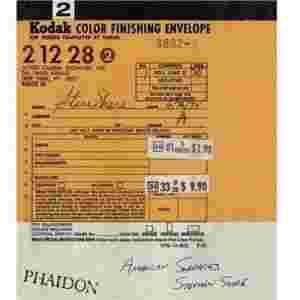Stephen Shore: American Surfaces
In 1972, Stephen Shore left New York City and set out with a friend to Amarillo, Texas. He didn't drive, so his first view of America was framed by the passenger's window frame. He was taken aback by the fact that his experience of life as a New Yorker had very little in common with the character and aspirations of Middle America. Later that year he set out again, this time on his own, with a driver's licence and a Rollei 35 - a point-and-shoot camera - to explore the country through the eyes of an everyday tourist. The project was entitled American Surfaces - referring to the superficial nature of his brief encounters with places and people and the underlying character of the images that he hoped to produce.With such an easy-to-use camera, he photographed relentlessly. 'In "American Surfaces", I was photographing almost every meal I ate, every person I met, every waiter or waitress who served me, every bed I slept in, every toilet I peed in. But also, I was photographing streets I was driving through, buildings I would see.' Shore returned to New York triumphant, with hundreds of rolls of film spilling from his bags. In order to remain faithful to the conceptual foundations of the project, he followed the lead of most tourists of the time and sent his film to be developed and printed in Kodak's labs in New Jersey.The result was hundreds and hundreds of exquisitely composed colour pictures, whose subject became the benchmark for documenting of our fast-living, consumer-orientated world - a body of work that followed on from Walker Evans and Robert Frank's experiences of crossing America and that influenced reams of photographers such as Martin Parr and Bernd & Hilla Becher, who introduced a generation of students to Shore's work.

